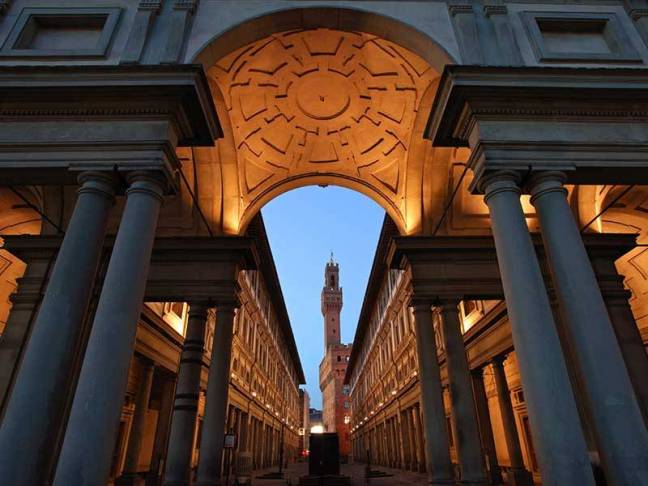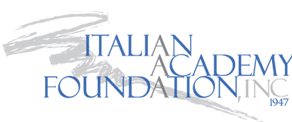Italy’s Cultural Minister Appoints New Museum Directors, Including Uffizi

In an attempt to save Italy’s museums from outdated management policies and poor funding, Dario Franceschini has been appointed to a new position: Culture Minister. He is leading a complete overhaul of Italy’s museums, including replacing 19 of the top 20 museums’ directors. The new appointees vary in nationality and qualification – a drastic change in Italy’s museum history.
For hundreds of years the Italian government has appointed the directors of Italian museums from a pool of Italian art historians employed by the ministry of culture. This policy change is just one of the reforms that Franceshini is putting into place, but it is by far the most surprising change the Italian museums have seen. The new directors also have more control over the funding and management of these buildings.
The committee that selected the new directors was headed by Paolo Baratta, ex-Minister for Public Works. Focusing less on the nationality of the directors and more on their qualifications, the committee has offered positions to three Germans, two Austrians, a Frenchman, and a Briton.
The biggest splash is the nomination of Eike Schmidt, new director of the Uffizi Gallery, Florence, which receives two million visitors a year. German-born, he currently is the curator of the Minneapolis Institute of art.
The goal of the new Minister of Culture is not only to restore these museums to former glory, but to boost their overall appearance and presence within the artistic world so they can compete on an international scale with prominent museums that have successfully adapted to the demands of modern tourism.
“Italy manages about 80 percent of the cultural heritage of all of Europe…It is paradoxical that Italy has so much great stuff, and some great museum professionals, but its permanent collections are undervalued and under-visited,” James Bradburne, new director of The Pinacoteca di Brera in Milan, states, according to The Telegraph.
A malady of issues has contributed to the museums’ downfall: poor spending habits, absence of private monetary funds and communication issues between the museums. Responsibility falls onto the directors of these museums, with only one director returning to her spot: Anna Coliva at the Borghese Gallery, which she has directed since 2006.
The new directors include:
Sylvain Bellenger- The Capodimonte Museum in Naples
Peter Assmann- Palazzo Ducale at Mantua
Gabriel Zuchtriegel- The Paestum Archaeological Park
Cecilie Hollberg- The Gallery of the Accademia in Florence
Cristiana Collu- The National Gallery of Modern Art in Rome
Paola Marini- The Accademia Galleries in Venice
Paola D’Agostino- The Bargello Museum in Florence
Martina Bagnoli- The Galleria Estense
Flaminia Gennari Santori- The National Gallery of Ancient Art in Rome
Eva Degl’Innocenti- The National Archaeological Museum at Taranto
Serena Bertolucci- The Palazzo Reale of Genoa
Enrica Pagella- The Polo Reale of Turin
Peter Aufreiter- Galleria delle Marche (Urbino)
Mauro Felicori- Royal Palace of Caserta
Marco Pierini- National Gallery of Umbria, Perugia
Paolo Giulierini- National Archaeological Museum, Naples
Carmelo Malacrino- National Archaeological Museum, Reggio Calabria
–Marisa Wherry
